Hidden in plain sight, low-key sweets shop surviving in Tokyo’s street market is a tasty treasure
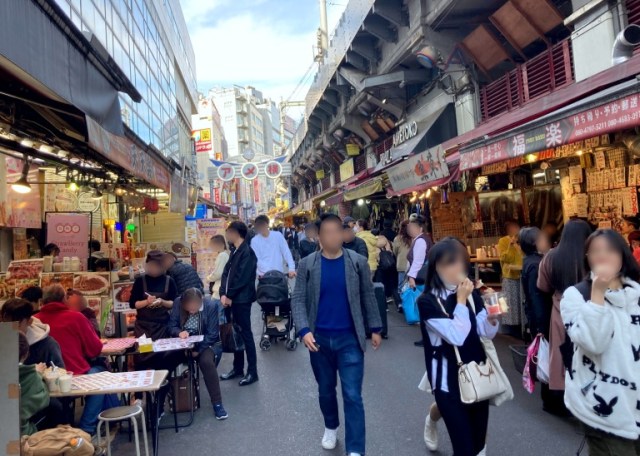
Miyako manju blend into the background in Ueno, but stand out from the crowd in flavor.
It’s not unusual to feel a bit of sensory overload walking around Tokyo’s Ameya Yokocho neighborhood. Pictured above, the network of shopping streets that stretches west of Ueno Station has been the city’s liveliest street market for generations, with boisterously friendly vendors and restaurateurs setting up shop on both sides of the alleyways and calling out to passersby as they hawk all manner of souvenirs, fashions, and food items.
So it can be easy for Ameya Yokocho’s few low-key establishments to get lost in the figurative and literal din of the place, which brings us to Karutaya.
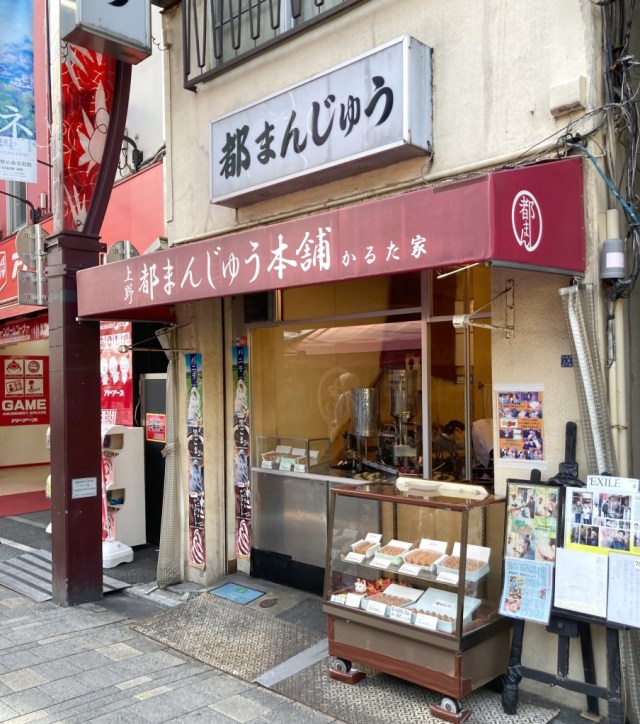
Even Karutaya’s name (かるた家) doesn’t really stand out very much, with the shop instead using most of its sign’s space for its marque product, miyako manju (都まんじゅう), traditional sweet bean-filled cakes.
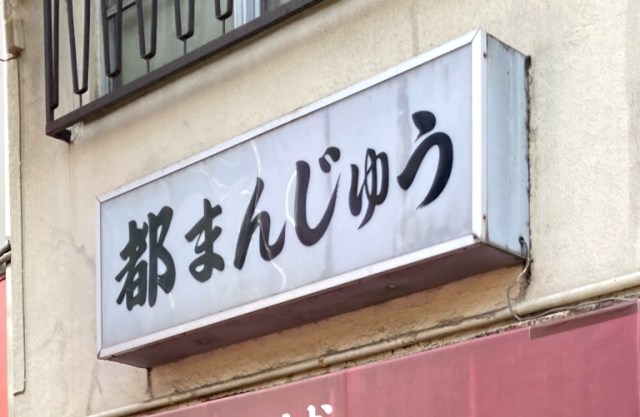
But Karutaya doesn’t have anyone standing out front, clapping their hands and shouting “Irasshai irasshai!” to beckon people into the store to try their manju. As a matter of fact, it wasn’t until recently that our ace reporter Mr. Sato did the math and realized he’s been walking past Karutaya’s storefront for more than a decade when visiting Ameya Yokocho, but he’s never tried their sweets.
▼ Karutaya’s sign is visible in this photo Mr. Sato took in 2015 while he was in Ameya Yokocho for an unrelated story.
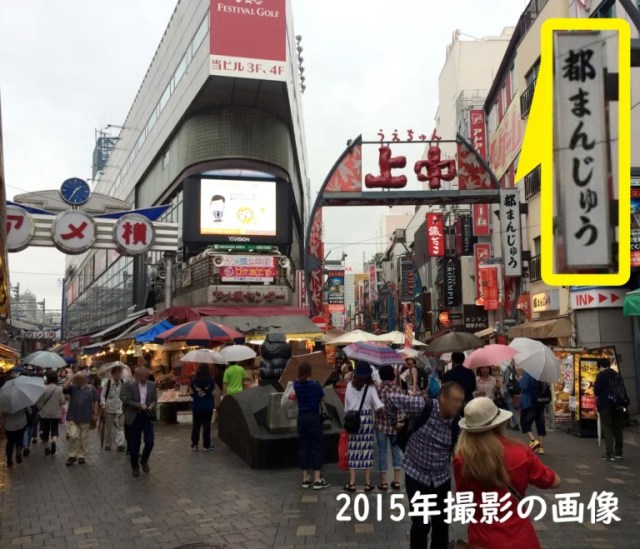
Doing some checking, Mr. Sato found that Karutaya used to be located closer to Ueno Park, and moved to its current location in 2008. With Ameya Yokocho having a high rate of tenant turnover for its shops and restaurants, 15 years is a long time, so he figured that even if he’s never eaten their manju, pretty much everyone else who’s been to the neighborhood more than a few times has tried them, right? So he asked around the office, and was startled to learn that not only had none of his coworkers ever tried Karutaya, only one person, fellow reporter P.K. Sanjun, even knew what he was talking about when he mentioned the shop.
Now more intrigued than ever, Mr. Sato hopped on the train and headed to Ameya Yokocho to pick up a box of Karutaya’s miyako manju for taste-testing.
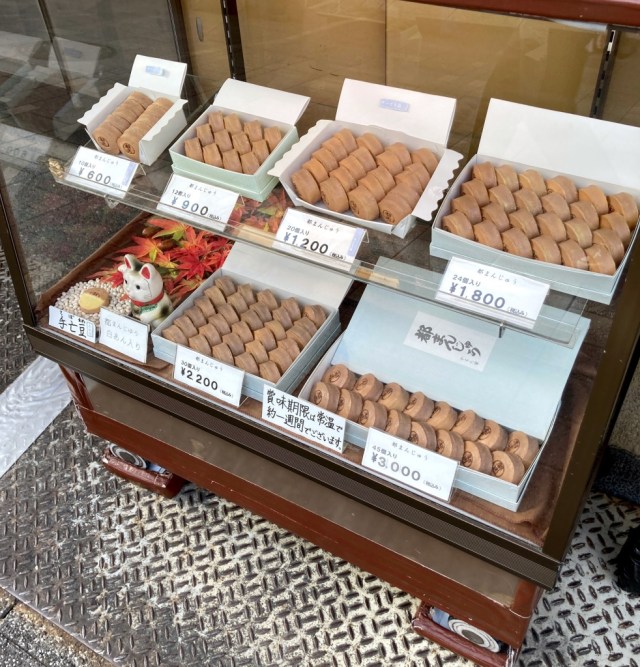
Though some sweets shops in Japan sell their wares as individual servings, Karutaya’s smallest size is a box of 10 manju. At just 600 yen (US$4), though, or 60 yen each, that’s not a bad deal at all. Since it’s a bit of a ways from SoraNews24 headquarters to Ueno, though, Mr. Sato decided to gamble on Karutaya’s manju being of above-average quality and got a box of 20 for 1,200 yen.

So what exactly is a miyako manju? The outside is similar to castella, the sweet spongy cake that’s a mainstay in the Japanese dessert scene. Seared into each is the kanji character miyako, 都, which means “capital” (the first miyako manju were made by a bakery founded in Kyushu that opened a branch in Tokyo and wanted to commemorate the occasion of expanding to the nation’s capital, hence the name).
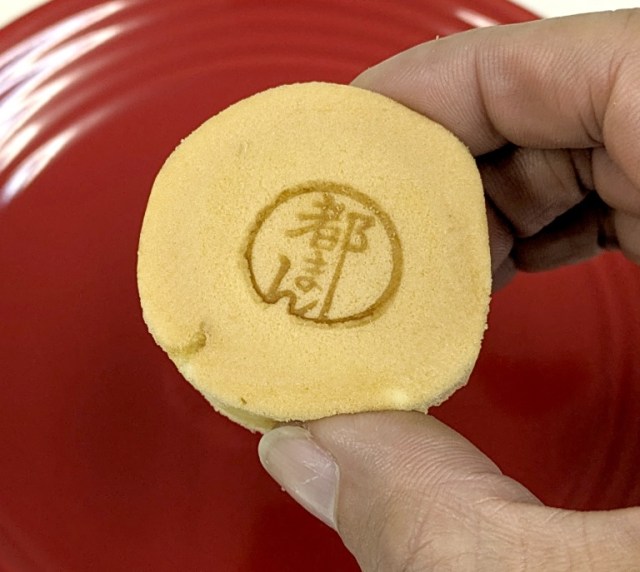
Inside is a core of shiro an, or white sweet bean paste. Compared to the more common red sweet bean paste, shiro an has a richer flavor with a more delicate sweetness.
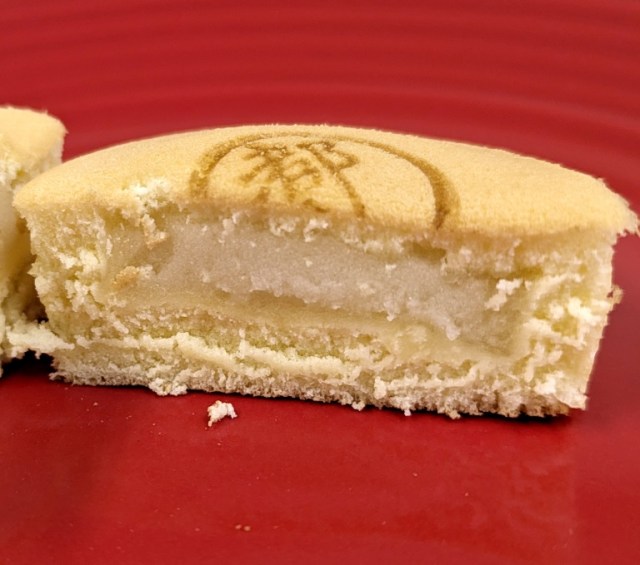
Like Karutaya’s storefront, there’s a simple, almost rustic quality to their miyako manju. That simplicity, though, means there’s nothing to get in the way of their outstanding taste. Sweet but not too sweet, they’re an immensely satisfying snack, and being bite-sized, they’re a great fit either for someone who wants a little treat but not a full, heavy dessert and for people who enjoy Japanese sweets enough they want to have two manju in one snack session.
After finally trying them for himself, it’s easy for Mr. Sato to see how Karutaya has lasted so long, and the fact that so many people walk by without noticing it suggests that many of those who have tried their miyako manju have probably become loyal repeat customers. So in the end, Mr. Sato has no regrets about buying the 20-manju box. He might be kicking himself for not having started getting snacks at Karutaya years ago, but he’s happy he can from now on, and also happy for the reminder, like with the roasted chestnut stand in Shibuya, that some of the best spots in Tokyo are the ones that are hiding in plain sight.
Shop information/strong>
Karutaya / かるた家
Address: Tokyo-to, Taito-ku, Ueno 4-9-13
東京都台東区上野4-9-13
Open 10 a.m.-8 p.m.
Closed Tuesdays
Photos ©SoraNews24
● Want to hear about SoraNews24’s latest articles as soon as they’re published? Follow us on Facebook and Twitter!
Credit:

0 comments:
Post a Comment